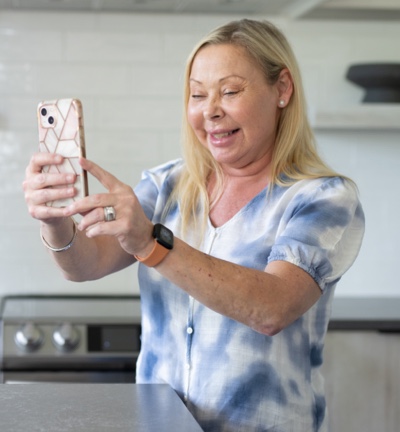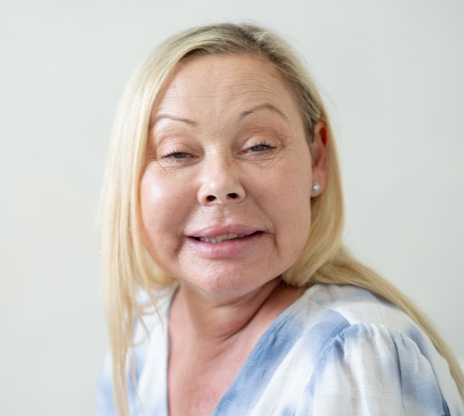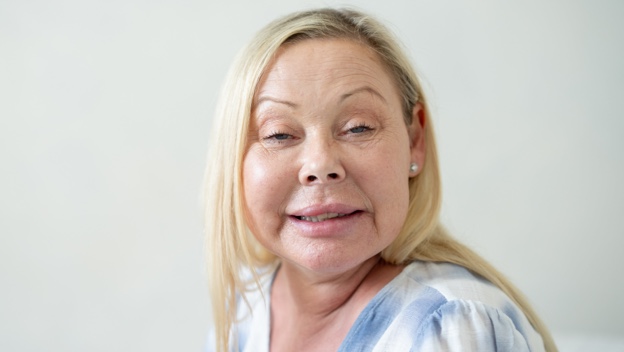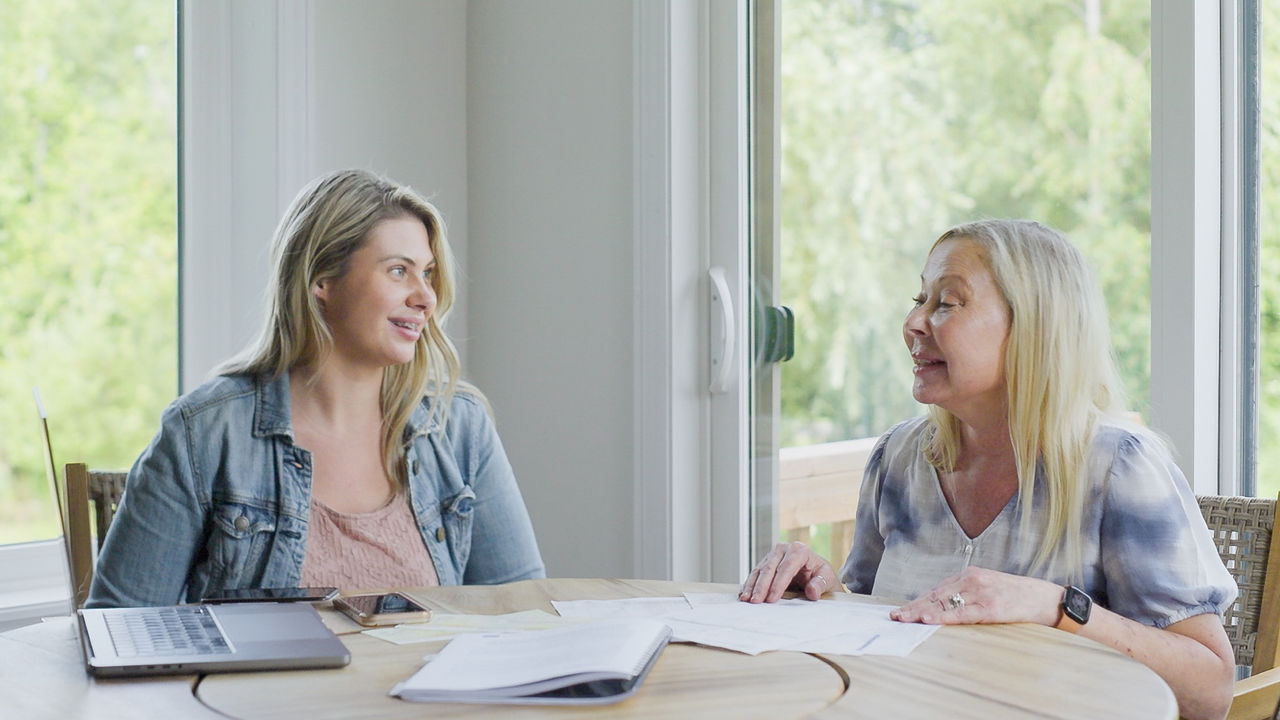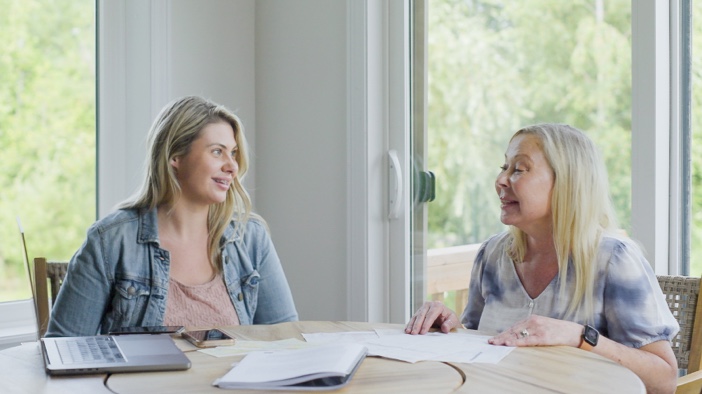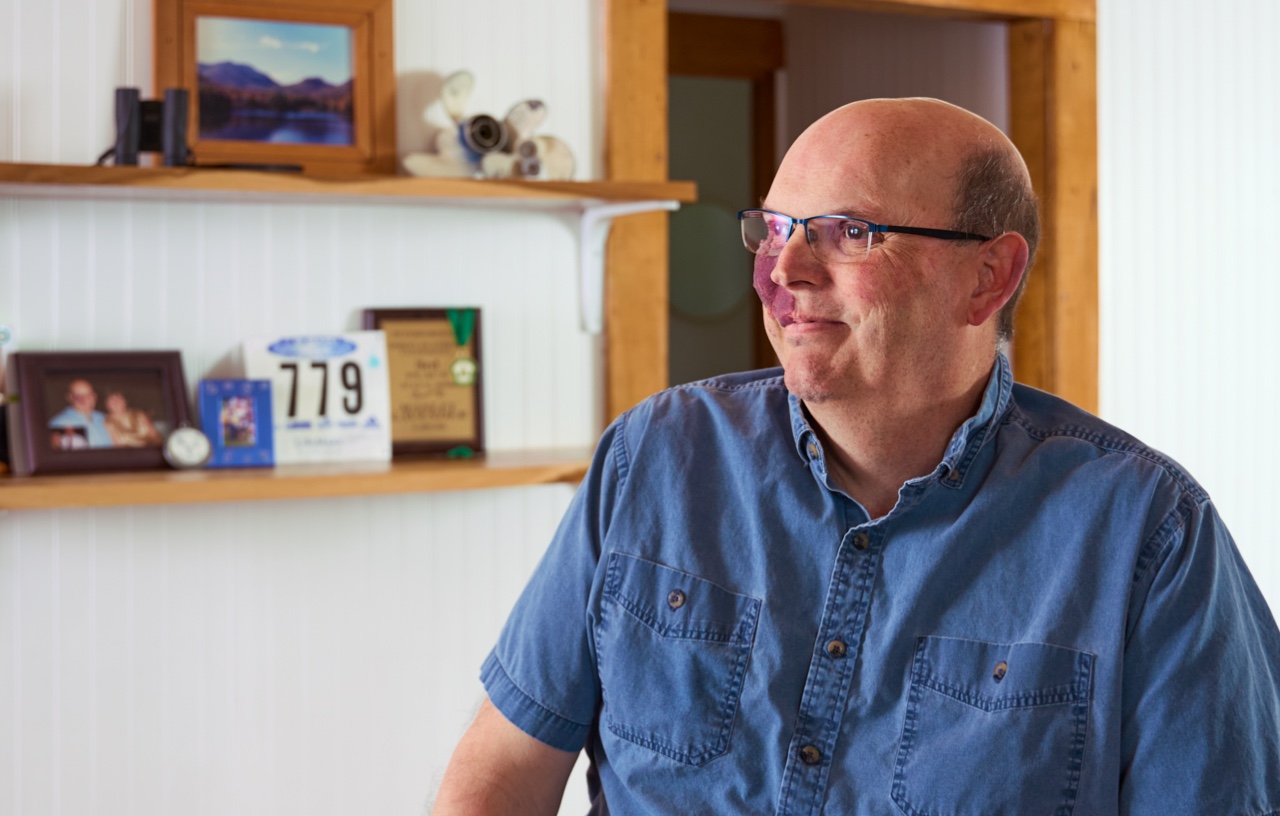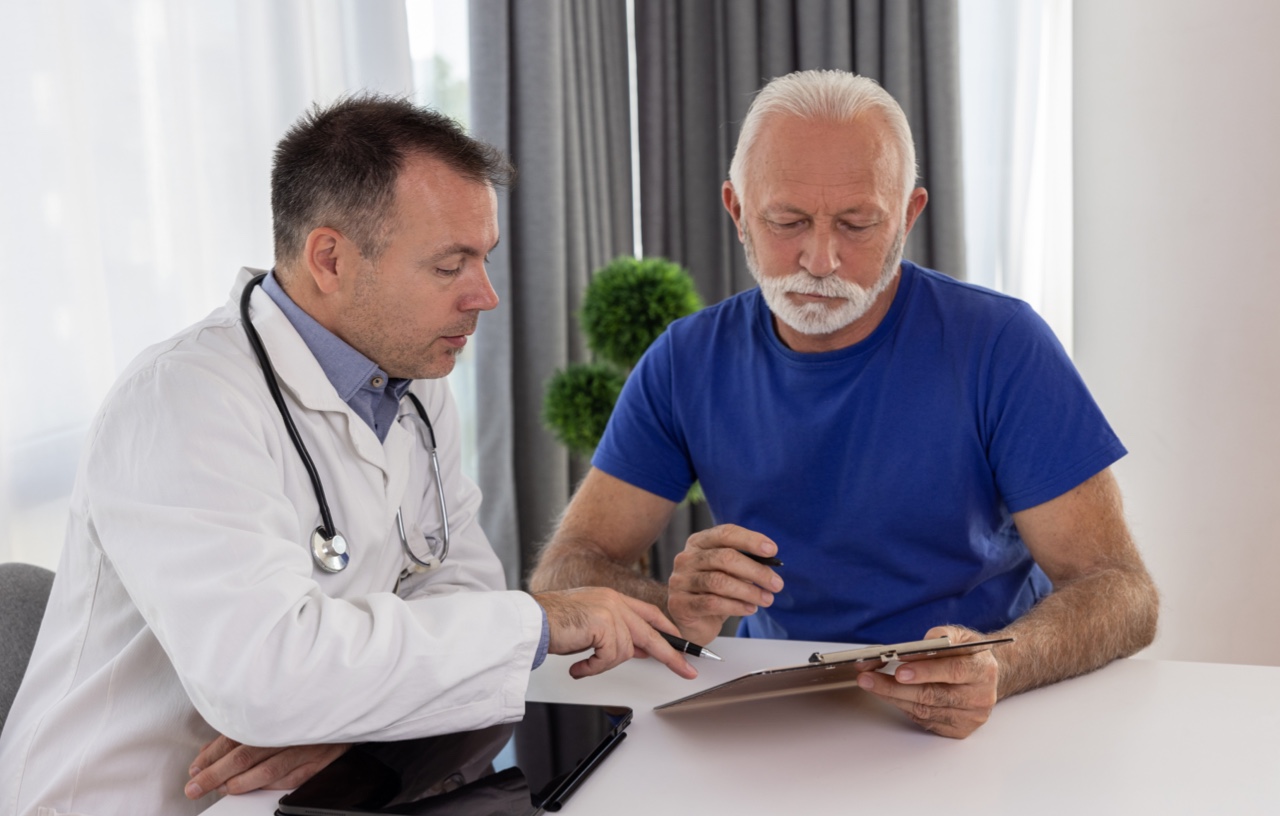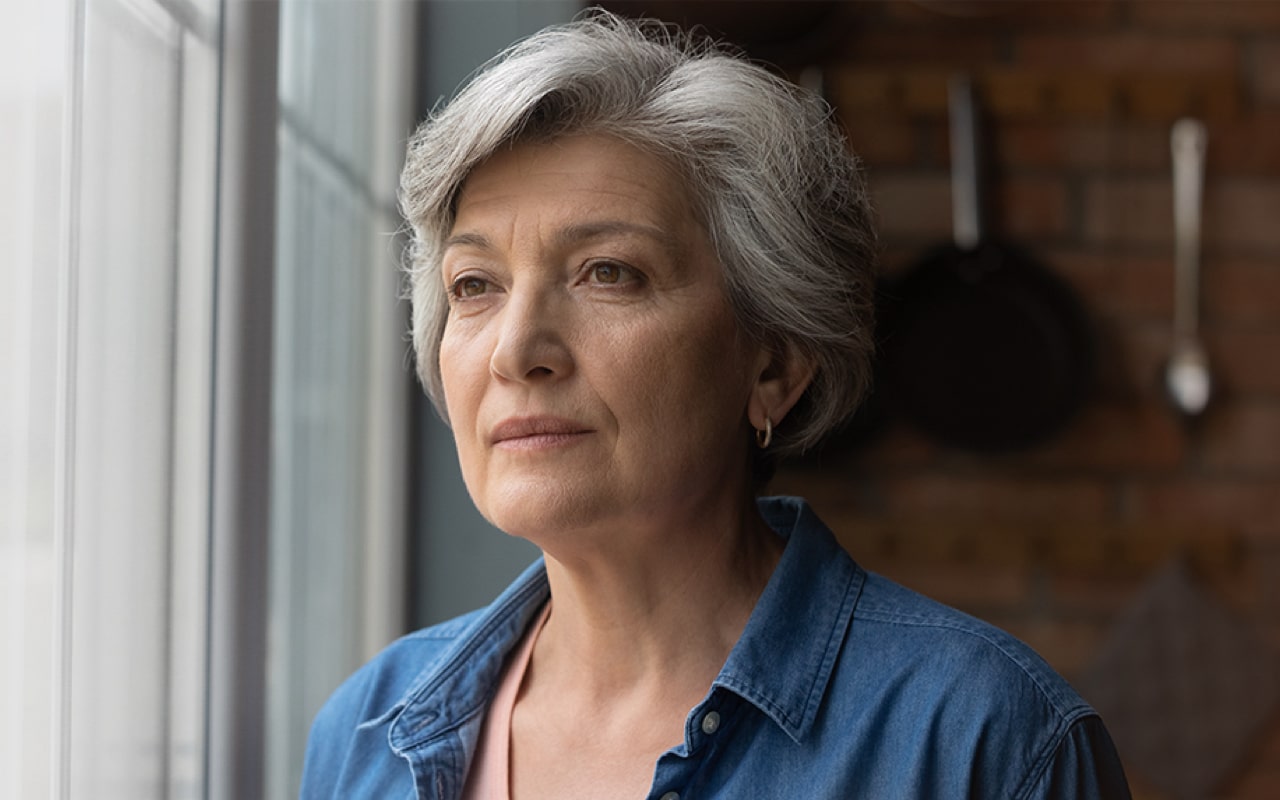It wasn’t long after the COVID-19 pandemic when Diane started to feel MG symptoms—but finding answers took some time.
Following a cataract surgery for both of her eyes, Diane noticed her eyelids feeling heavy. After waiting nearly a year for her appointment with a lid specialist, Diane was told she had “bigger fish to fry” and that something else was going on with her eyes. The next referral was a neuro-ophthalmologist, then genetic testing and eventually a neurologist. After several tests, the MG diagnosis was given. “I said, I don’t even know what that is,” Diane recalled. “Then to my surprise, when I did research on it, I realized this wasn’t something that was going to go away. This is long-term. This is pretty scary.”
Watch the story of Diane’s MG journey.
Diane is still working with her healthcare team to find the right treatment for her needs. In addition to the MG symptoms related to her eyes, she experiences muscle weakness, as well as difficulty chewing and swallowing.
Before MG, Diane had a major role in the two clinics she owns, a family practice and a cosmetic clinic. She administered cosmetic treatments, organized special events, conducted marketing efforts and managed overall aspects of the businesses. Today, she’s had to pull back her involvement. “Because of my MG, I can no longer do most of those things,” she said. “I can only work a few hours every day, making it difficult to stay on top of everything.” Some examples she shared of challenges at work are writing checks with her hand muscle weakness and being unable to drive due to double/blurry vision.
Fortunately, Diane has a big support system. Her husband and son have taken on more responsibilities around the house while her daughter has stepped in to help with Diane’s businesses—and all of them drive her places when necessary. She also says her coworkers have been supportive, particularly as listening ears.
It’s all about sharing, hoping for awareness and hoping to help someone.
But Diane has found an even bigger community on social media. Feeling the isolation with a rare condition motivated Diane to open a TikTok account so she could document her MG journey. “I've met so many wonderful people on that platform who can relate,” she noted. “My MG family on TikTok has helped me tremendously through the dark days. It’s nice to talk to people who know what you’ve been through. And, of course, we can exchange some pointers and tricks.”
Discovering an MG community online inspired Diane to keep raising awareness wherever she could. After connecting with an MG group on Facebook, she hung up posters and banners for their organization in her clinics. She also spreads the word in her small town when people ask about her MG. “I say, ‘Feel free to ask me anything.’ I’m not shy about sharing my experience and letting them know,” she explained. “It’s all about sharing, hoping for awareness and hoping to help someone.”
Diane’s experience working in healthcare has influenced the importance she places on doctor communication and symptom tracking, especially for a rare condition like MG. She keeps a big calendar on her desk at home where she writes down symptoms she’s feeling, and she encourages others living with MG to take this kind of documentation seriously. “I think the more information people can give their doctors, the better chance they may have of getting a proper diagnosis,” she shared. “Keeping track of symptoms is a great help for the doctor, but it’s also a great help for ourselves because we can see patterns. I know it sounds like a lot of work, but it doesn’t take long to document your day.”
In addition to writing down your MG symptoms like Diane does, there are several symptom-tracking tools doctors are familiar with that you may want to consider. One is the Myasthenia Gravis Activities of Daily Living (MG-ADL) scale, which helps identify the impact MG has on your daily life by assessing the severity of your symptoms.1 The tool includes eight daily activities related to common MG symptoms, each of which is measured on a scale of zero to three, with a score of zero representing normal function and a score of three representing the greatest severity of symptoms.1 The total score can range from zero to 24 points—in general, the lower the score, the less one’s daily activities may be impacted.1
While Diane’s day-to-day hasn’t looked the same after MG, there are many things she’s grateful for, like cooking homemade pizzas in her pizza oven, enjoying s’mores by a campfire with her grandkids and playing with her goldendoodles. She also isn’t navigating her MG journey alone and will continue her quest to make sure others don’t feel alone either.
“It's one day at a time,” she said. “When you have a good day, enjoy it to the fullest. And when you're having a bad day—well, it's okay because tomorrow could be better, right? So that's my mentality: Just try to think positive.”
